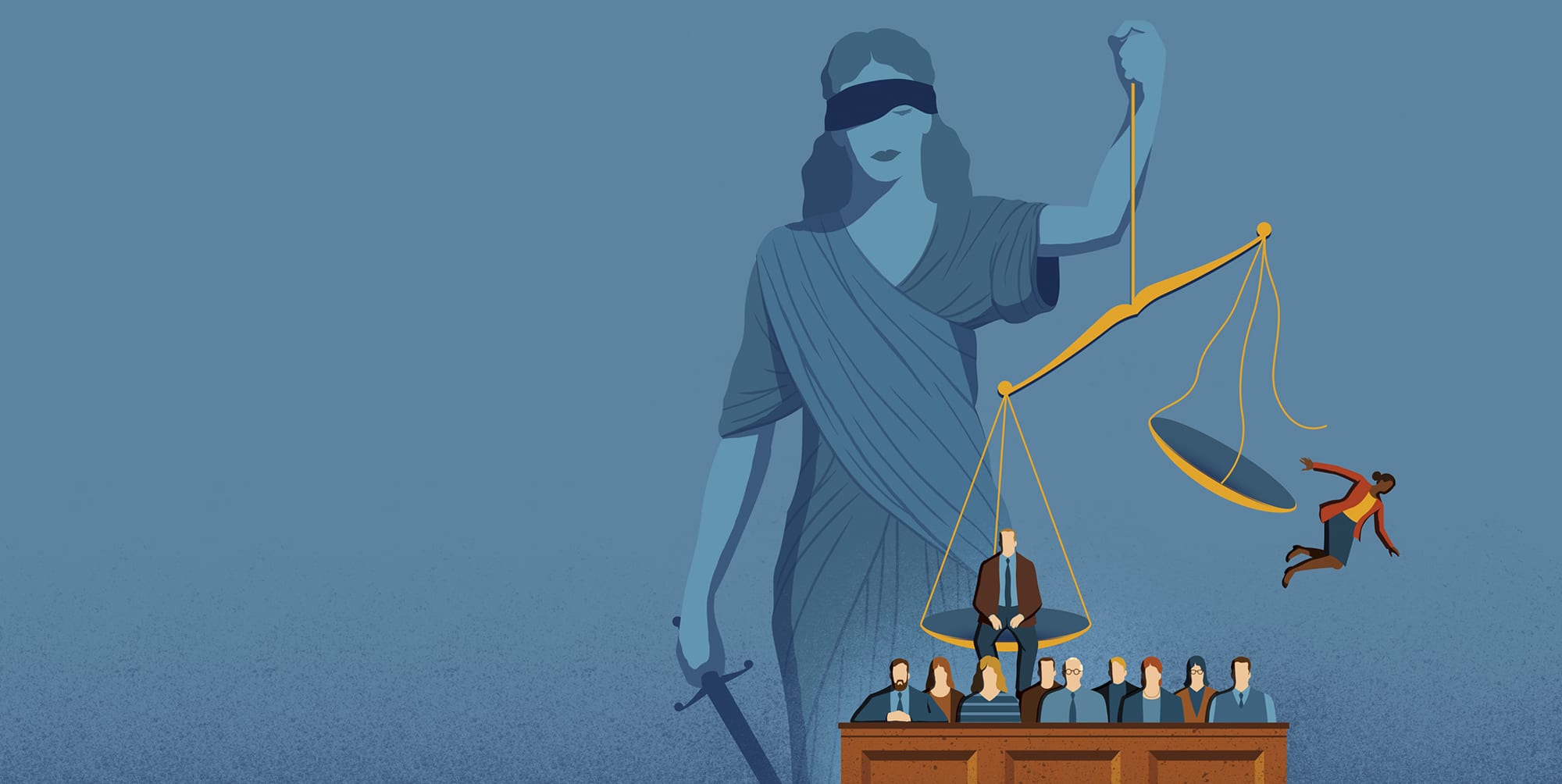
From students and faculty to alumni and staff, Berkeley Law’s wide-ranging work on racial justice issues accelerated after the killing of George Floyd and the national reckoning it ignited. Here are some snapshots of that work.
Whitewashing the Jury Box
To work at Berkeley Law’s Death Penalty Clinic is to check your naiveté at the door.
In case after case where clients’ lives hang in the balance, faculty and students confront race-based inequities that present sobering hurdles for the capital defendants they represent.
So while the findings from their exhaustive research on California’s racial discrimination in jury selection weren’t shocking, they were plenty motivating.
The clinic’s June report provided a detailed study of the history, legacy, and ongoing practice of excluding people of color — especially African Americans — from California juries through prosecutors’ peremptory challenges. Its findings triggered a wave of state and national media attention, including coverage on “NBC Nightly News.”
Students and faculty evaluated 683 California Courts of Appeal cases involving objections to these challenges, used by attorneys to excuse potential jurors without providing a reason, from 2006 to 2018. Prosecutors used their strikes to remove African American jurors in nearly 75% of these cases, Latinx jurors in about 28%, and white jurors in only three cases (0.4%).
Even so, the appellate courts found error in just 2.6% of those decisions. Over the past 30 years, the California Supreme Court has reviewed 142 cases involving such claims and found a violation only three times.
“There simply is no effective judicial impediment to prosecutors who routinely remove Black and Latinx citizens for purportedly race-neutral reasons that are plainly related to racial stereotypes,” says Professor Elisabeth Semel, the Death Penalty Clinic’s founding director.
Reasons for jury strikes included having dreadlocks, wearing a short skirt or large earrings, conveying distrust of law enforcement, having family members who are incarcerated, and expressing a belief that the criminal legal system treats people differently based on their race.
Powering a new bill
Semel authored the report with recent clinic students Dagen Downard ’20, Emma Tolman ’20, Anne Weis ’20, Danielle Craig ’20, and Chelsea Hanlock ’20. Their work has fueled momentum for Assembly Bill 3070, which would implement various measures to reduce discriminatory strikes and increase diverse jury representation.
The bill is modeled on a 2018 rule enacted in Washington, which propelled Semel to launch the study. The Washington rule upended a 40-year-old procedure that she says failed to reduce, much less eliminate, the disproportionate exclusion of prospective African American and Latinx jurors.
“I was encouraged by the court’s leadership to believe that a careful and thorough investigation of the issue in California could produce meaningful reform,” Semel explains.
The State Assembly approved the bill (sponsored by California Attorneys for Criminal Justice, which the clinic represents in advocating for passage) 50-11 in June. The State Senate was to vote on it just after Transcript went to press.
Hanlock calls the legislation “essential to providing criminal defendants fair trials by a representative cross section of the community, and essential in giving people of color access to civil society in ways long overdue.”
Downard, who played a major role in drafting the bill, is collaborating with Semel, other students, and a team of lawyers involved in moving it forward. He describes AB 3070 as a “necessary step in eliminating racial discrimination in one part of the criminal justice machine.”
From promise to pretense
Unlike jury challenges for cause, each trial party may ordinarily excuse a set number of jurors without a stated reason or court approval. In 1978, the California Supreme Court became the first state court to adopt a procedure to reduce the discriminatory use of peremptory challenges.
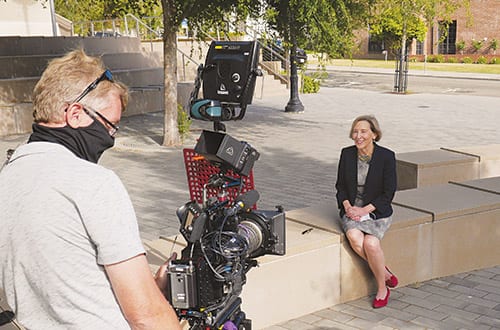
In 1986, the United States Supreme Court approved a similar approach in Batson v. Kentucky. That procedure, however, provides only a remedy for intentional discrimination — which requires clearing a difficult three-step hurdle. An objection to a peremptory challenge on the ground that it was based on race, ethnicity, or another impermissible reason is known as a Batson motion.
“The California Supreme Court went from a judiciary that championed the eradication of race-based strikes to a court majority that resists even the U.S. Supreme Court’s limited efforts to enforce Batson,” Semel says. “Our report examines the shift in the state supreme court’s approach.”
Craig wrote the section on implicit bias and highlighted how it perpetuates discriminatory jury strikes, courts’ approval of those strikes, and how Batson’s requirement of proving intentional discrimination allows such biases to go unchecked.
Weis researched the different views that African Americans and whites hold about the criminal legal system and why these differences persist, examining social science studies conducted over the past 30-plus years.
“These studies consistently show that whites are more punitive than African Americans, believing that the criminal legal system operates in a race-neutral and generally fair manner,” she says. “On the other hand, based on history and lived experience, African Americans tend to be more distrustful of the system and perceive it to operate in a racially discriminatory manner.”
Students dig in
Craig notes that “African Americans suffer disproportionately higher arrests, higher likelihood of conviction on the same evidence than in cases against white defendants, and lengthier sentences than those imposed on white defendants under the same sentencing guidelines.” The use of peremptory challenges in selecting juries, she says, “is no exception to the racially discriminatory practices within the criminal legal system.”
Tolman reviewed hundreds of pages of PowerPoint slides, district attorney training manuals from 15 California counties, and related items to determine how prosecutors are trained to avoid losing Batson motions.
“The materials encourage prosecutors to select jurors who resemble the typical prosecutor, a population that is overwhelmingly white, professional, and at least middle-income,” she says. “Conversely, the materials also steer prosecutors away from selecting jurors who are low-income, had negative experiences with law enforcement, and are unemployed.”
Student research also demonstrated how training manuals instruct prosecutors to rely on their “gut instincts” in selecting jurors, which the study shows is most likely to trigger implicit racial and ethnic biases. And prosecutors are also trained to explain their strikes by referring to ready-made lists of reasons that courts have found to be “race-neutral.”
Tolman also wrote a report section on rulings in federal habeas Batson cases by the U.S. Ninth Circuit Court of Appeals. Between 1993 and 2019, the court was over 10 times more likely to find error than the California Supreme Court when reviewing Batson objections to jury strikes.
Changing the landscape
To avoid insulating prosecutors from judges inquiring about potentially discriminatory strikes, the clinic’s report urges eliminating Batson’s first step, which requires a prima facie (threshold) showing of intentional discrimination. That change, which California Supreme Court Justice and former Berkeley Law professor Goodwin Liu has proposed in dissents, would also expedite the process of ruling on objections to such strikes.
Consistent with the Washington rule and the proposed California bill, the report also suggests placing the burden of proof on the party exercising a jury challenge — and presuming that specified reasons historically associated with improper discrimination are invalid.
In addition, the report recommends that the trial court explain its ruling on the record and decide the question as an objective observer who understands the role implicit, unconscious, and institutional bias plays in peremptory strikes.
Despite seeing how California courts have long enabled prosecutors to keep people of color off juries, participants in the project describe it as deeply gratifying.
“The most rewarding part was working with and learning from brilliant people: our clinical supervisor, legislative advocates, public defenders, law students, a graphic designer, an editor, and clinical staff,” Downard says. “This was one of the highlights of my law school career.”
—Andrew Cohen
Related
Henderson Center Student Fellows Roll Up Their Sleeves
Growing up in an undocumented immigrant household, Oscar Sarabia Roman ’21 took painstaking precautions to avoid getting caught — including not getting a driver’s license.
Even so, U.S. Immigration and Customs Enforcement agents arrived at his family’s Sacramento home in 2008, handcuffed Roman and his mother, and deported them to Mexico.
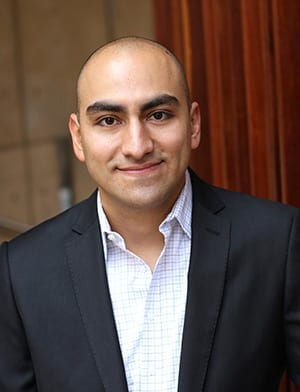
Because his father was a permanent U.S. resident, Roman applied to re-enter as his unmarried son. Four years, three rounds of interviews and medical testing, and more than 600 pages of application paperwork later, he was allowed to return.
In 2018, Roman won BARBRI’s One Lawyer Can Change the World Scholarship — chosen from more than 1,200 entries. In his essay, he vowed that receiving the scholarship would fuel his determined advocacy for undocumented people across the U.S.
True to his word, he has been a fierce proponent of immigrant rights during law school. This summer, Roman was one of three Berkeley Law students who worked as racial justice fellows from the school’s Thelton E. Henderson Center for Social Justice, along with Emma Nicholls ’21 and Gaby Bermudez ’22.
Launched last year, the fellowship honors iconic alumnus, jurist, and civil rights advocate Thelton Henderson ’62. It is awarded annually to Berkeley Law students who have demonstrated a commitment to social justice and who engage in racial justice work during law school.
Interning with the American Civil Liberties Union Immigrants’ Rights Project, Roman drafted memoranda, conducted legal research, and reviewed legal claims to help bring impact litigation cases aimed at changing draconian statutes and discriminatory rules.
Working remotely in Berkeley rather than in San Francisco amid the pandemic, Roman says, “Immigration policy and laws in the United States have been mostly rooted in racism … The fight for immigrant justice and racial justice entails combating structural racism that prevents true justice and dignity for communities of color — both documented and undocumented.”
Versatility from afar
Nicholls spent her 2019 summer interning at East Bay Family Defenders, “where I saw firsthand how the child ‘protection’ system frequently targets, surveils, and punishes poor families and families of color.”
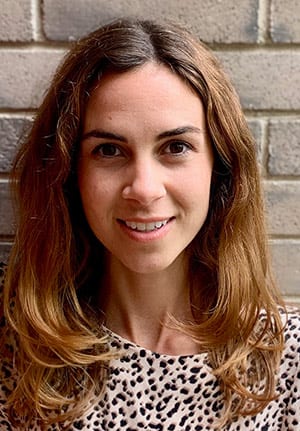
This summer, she worked with the Bronx Defenders’ Family Defense Practice and supported her supervising attorneys as they represented parents (mostly people of color, who are separated from their children at a far higher rate than white parents) accused of child neglect or abuse.
Nicholls worked remotely from San Antonio, where her partner is in medical school, rather than the Bronx. While she conferred with clients over the phone instead of in person, her workload remained high — and highly meaningful.
“I analyzed discovery, drafted motions, met with clients, and attended virtual court hearings,” says Nicholls. She calls racial justice a “central part” of the mission at Bronx Defenders, which has launched a workshop series on anti-Blackness and a 24-hour hotline for race-oriented transgressions.
While media outlets focus on other racially charged areas, Nicholls says the child welfare system is “also prejudicial and often causes lasting trauma to poor families and families of color.” She views family defense work as “essential to the racial justice and Black Lives Matter movements.”
Indigent defense in D.C.
Leveling the legal playing field has long been a priority for Bermudez. As a UC Berkeley undergrad, she volunteered at Berkeley Law’s Death Penalty Clinic and East Bay Community Law Center, advocating for low-income, homeless, and incarcerated clients.
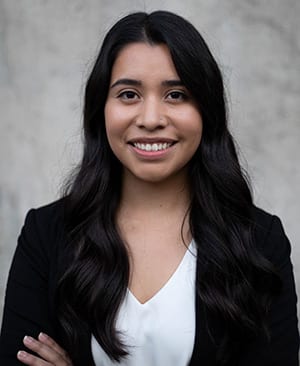
After graduating, she spent four-plus years at the Eastern District of California’s Office of the Federal Public Defender. This summer, Bermudez returned to indigent defense at the Public Defender Service for the District of Columbia, working with the trial unit and an attorney who handles serious felony cases.
Drawn to the organization’s “unique and nationally recognized approach to public defense,” she says “the team prides itself on ensuring that nobody is denied high-quality legal representation for simply lacking the means to pay.”
Bermudez worked remotely from San Diego but still felt closely connected to her cases. Helping the Public Defender Service fight “tooth and nail to get clients out of jails and prisons, where COVID-19 is running rampant, before it’s too late,” she drafted compassionate-release motions, letters urging transfers to home confinement, and motions requesting that pre-trial clients be released from custody.
“I think it’s important to have an antiracist framework in public defender offices,” Bermudez says. “Doing so helps call out the individual and systemic racism folks experience as they’re dragged through the criminal legal system.”
All three student fellows say they strongly support the Black Lives Matter movement and that dismantling structural racism is pivotal to effect substantial and enduring change.
—Andrew Cohen
Danger Zone: The Perils of Crowd-Control Weapons
Protests against racist police brutality erupted after George Floyd’s killing.
Now, with video images and photos continually showing the impact of crowd-control weapons and their use against protesters, that police practice is being increasingly scrutinized as well.
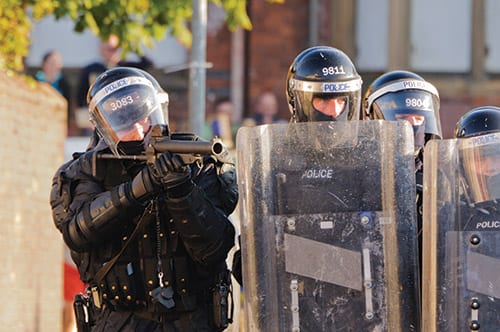
For years, Dr. Rohini Haar has studied the health effects of these weapons and has treated people injured by them. A research fellow at Berkeley Law’s Human Rights Center and a School of Public Health lecturer, she has written papers on rubber bullets, chemical irritants, and tear gas exposure. In 2016, she was the lead author of a Physicians for Human Rights report analyzing deaths, injuries, and permanent disability from crowd-control weapons used from 1990 to 2015.
Here is an edited version of a recent Berkeley News Q&A with Haar about the weapons’ use, safety, impact, and human rights implications:
Q: Many people perceive that rubber bullets, tear gas, pepper spray, and other crowd-control weapons cause minimal, transient harm. What’s the truth?
A: Rubber bullets can include compounds of rubber, polyvinyl chloride, hard plastics, foam, and even metal. Tear gas is also a catch-all term for a variety of chemical irritants, including pepper spray and its synthetic, and traditional tear gas and its successors. These are all weapons. They are as dangerous as the person who fires them wants them to be. They can injure, maim, and kill.
Q: As an emergency room doctor, can you provide a few examples of harm caused to people in a crowd by these weapons?
A: At close range, the bullet leaves the weapon at speeds comparable to live bullets and can break bones. If they hit the head or face, they can fracture the skull or destroy the eye or neck structures. At longer ranges, their irregular shapes cause them to tumble and ricochet. They have unpredictable trajectories and can hit a bystander in the eye or a child in the head.
The vast majority of people exposed to tear gas will have transient symptoms and be in pain, but it will resolve. However, the excessive use and misuse of tear gas we’re seeing is ripe to cause more injuries. When the canister is targeted, or hits someone’s head, it can cause skull fractures and death. When tear gas is used excessively, or in enclosed spaces, or when people can’t get away, they can suffer serious injuries — chemical burns, severe breathing problems, damage to the eyes …
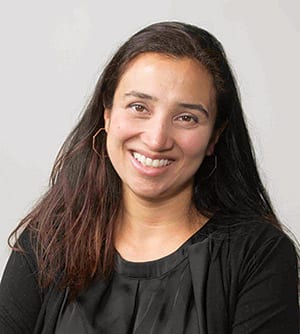
Q: Should these weapons be banned, or is the problem that those using them aren’t properly trained to deploy them?
A: From the research, we are convinced that rubber bullets and other projectiles should be banned in the policing of demonstrations. There is no point at which they are safe, or that they de-escalate tensions or make the community safer. Tear gas and other crowd-control weapons, such as sound cannons, need better regulations about when they should be used.
Q: What impact does the weapons’ use have on the freedom of assembly and expression, and on human rights?
A: It has a large impact. … In the U.S. it is rare, in any large demonstration, that the majority of people are inciting violence. But when tear gas or rubber bullets enter the picture, these weapons are indiscriminate. They target everyone — the peaceful ones, the kids, the elderly, bystanders, and even law enforcement itself, along with those few who are being violent. When these weapons are used to disperse crowds, or even to intimidate people so they won’t want to protest, basic human rights are frequently violated.
Q: With COVID-19 in our lives, what are the extra dangers of these weapons during protests, and how can protest participants protect themselves?
A: There is so little understood about COVID-19, but it is a respiratory disease and chemical irritants are a respiratory irritant. … It would certainly be a good idea for law enforcement to limit its use of these gases in the middle of this pandemic.
I’d suggest protesters wear masks, eye protection, and use social distancing where possible. The active component in tear gas can last on surfaces and stick to clothing, so it’s important to wash your clothes, wipe down eyeglasses and shoes, and take a shower when you get home.
TIME-Sharing Their Insights
Soon after the killing of George Floyd on May 25, Berkeley Law faculty members Savala Trepczynski ’11 and Khiara M. Bridges conveyed their thoughts to a national audience with pointed essays in TIME Magazine.
Trepczynski, executive director of the school’s Thelton E. Henderson Center for Social Justice, also had a second TIME essay and an article in Vogue on racial justice issues come out as Transcript was going to press. Here are some excerpts from her first piece in TIME:
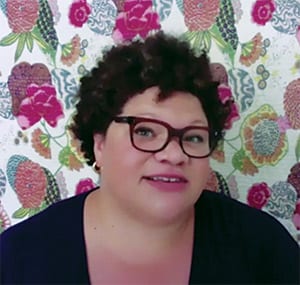
Trepczynski ’11 during her CBS News interview on white silence in social media.
How do you know you’re white?
I’m talking to a hundred law students … They’re committed to making racial equity a cornerstone of their work … But not a single hand goes up to answer my question — and this matters.
I often start these talks by asking several volunteers to tell me what race they are. I then ask them how they know. Invariably, students of color say things like, “I know I’m Black because the world tells me every single day.” Or, “I know I’m Latinx because my family is, it’s my blood, it’s my language.”
But when I ask white students how they know they’re white, the answer is almost always the same: silence … I let the silence grow. It gets uncomfortable. Then I step in to suggest that this phenomenon — not the individual student — is a significant part of America’s problem with race …
Until a critical mass of white people begin and continue the work of antiracism with their own lives, then uprisings and protests will function more as expressions of black and brown pain than as inflection points in the culture. After all, black and brown people have been resisting, uprising, and protesting in this country for centuries. If that were enough, it would have worked already. The missing link is white people doing deep, honest, and ongoing inventories (and clean-up) of their own relationship to white supremacy.
Bridges is a professor who explores race, class, reproductive rights, and the intersection of the three. Here are some excerpts from her essay:
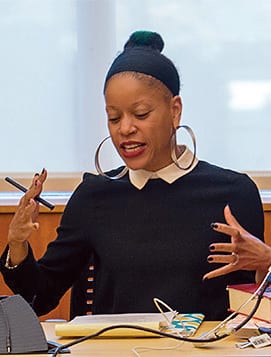
The novel coronavirus and the knee that Derek Chauvin casually placed on George Floyd’s neck for close to nine minutes have shown the exact same thing: there is a racial hierarchy in the U.S., and people of color — particularly black people — are at the bottom of it …
Black people’s genes are not deadly. Rather, the way that we have organized society is deadly … In truth, black people are sicker and die earlier than their white counterparts because they are more likely to encounter inaccessible or biased health care providers, inadequate schools and education systems, unemployment, hazardous jobs, unsafe housing, and violent, polluted communities …
Moreover, black people are less able than their white counterparts to engage in the social distancing that makes it possible to avoid contracting COVID-19 in the first place … Lowincome people, who are disproportionately people of color, are the “essential workers” who are keeping our cities functioning and our country running …
Their inability to avoid contracting the novel coronavirus — and the increased likelihood of contracting the virus with a body that has already been damaged by structural racism — reveals black people’s vulnerability and marginalization.
George Floyd’s death reveals the exact same thing … Like COVID-19, the criminal justice system evidences the way a society that should care for and protect its people instead leaves black people susceptible to harm and with little control over their well-being.
Variety Pack
Along with the research, advocacy, direct services, programs, and scholarship chronicled in the preceding pages, below is a brief sampling of other racial justice efforts undertaken by students, faculty, and alumni:
• An International Human Rights Law Clinic report showed that families of murder victims in Oakland often face poor treatment from police, and that over the past decade Oakland police made arrests in 40% of murder cases when the victim was Black compared to 80% when the victim was white.
• Alex Baptiste ’18 and Yasmina Souri ’19 were featured in Forbes for the pro bono services they have provided to Black Lives Matter protesters in Los Angeles.
• The Human Rights Center’s Investigations Lab created a Rapid Response Team to help journalists and lawyers use open-source investigation skills to identify and verify human rights abuses related to racial injustice. The Lab also helped Amnesty International create an interactive map showing instances of police violence at protests across the U.S.
• DeCarol Davis ’17 created a labor and employment law guide for Black workers with some of her Legal Aid at Work colleagues and the Los Angeles Black Worker Center.
• Several students were trained by the National Lawyers Guild to be legal observers at protests and to use best practices for interacting with protesters and law enforcement.
• Fanna Gamal ’16 wrote a California Law Review article that provided a critical race examination of police militarization.
• Berkeley Law’s Womxn of Color Collective held its annual “Our Monologues” event. Pooja Shivaprasad ’21 directed the production and was one of 13 students to speak.
• Antonio Ingram ’14 penned an op-ed in the San Jose Mercury News about the devaluing of Black lives.



